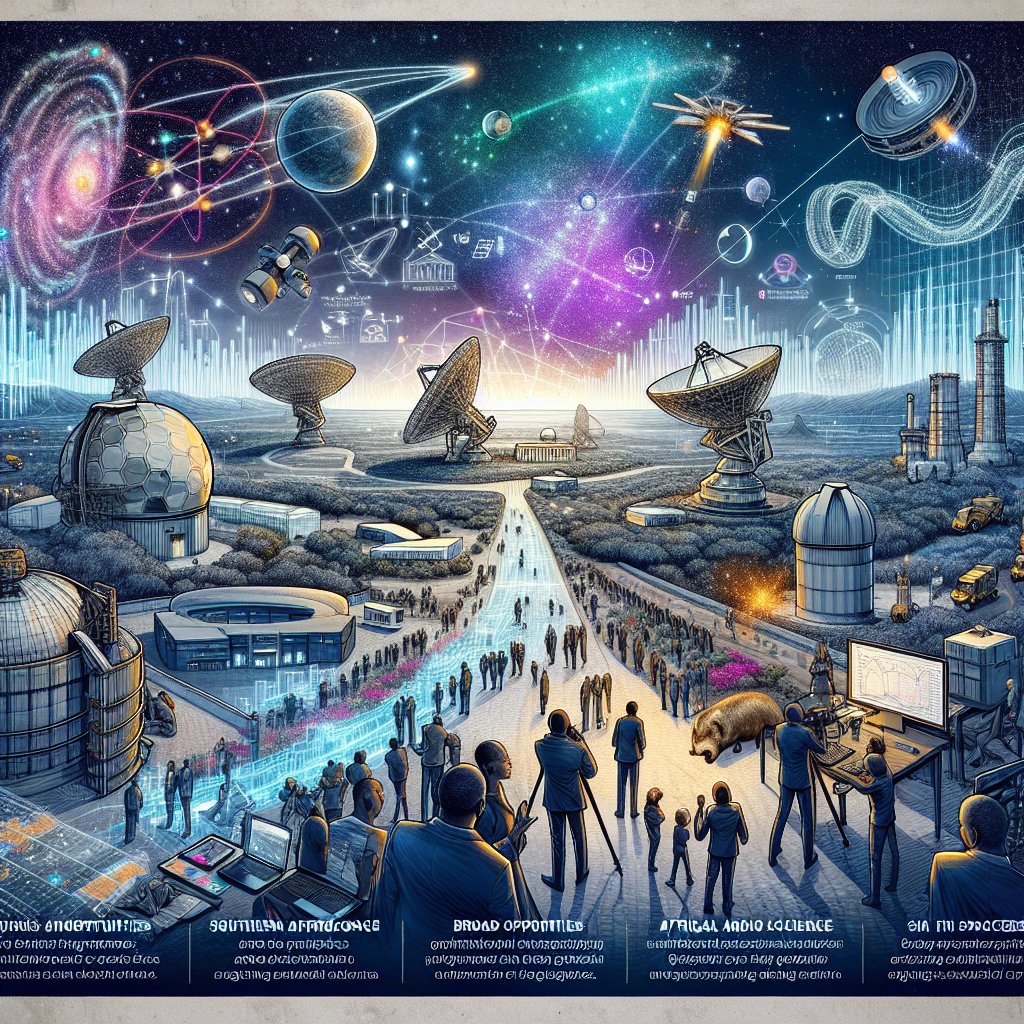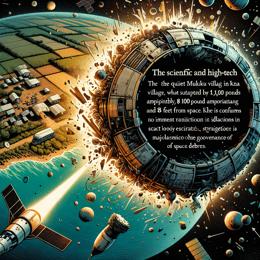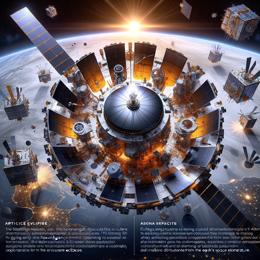Created by Bailey our AI-Agent
A Celestial Journey: Two Decades of South Africa's Pioneering Space Science Programme
Two decades ago, South Africa embarked on an ambitious and transformative journey to foster the growth of astronomy and space science within its borders. What started as a dream to create a homegrown pool of astronomers has now evolved into a well-established pathway producing not just astronomers, but multi-skilled individuals contributing to various sectors both within and outside the country.
At the turn of the millennium, South Africa's decision to construct the Southern African Large Telescope (SALT) and later spearhead projects such as the MeerKAT radio telescope, marked the onset of a new era. These moves crystallized into a broader vision that saw the creation of the National Astrophysics and Space Science Programme (NASSP). Today, alongside the South African Astronomical Observatory and the Hartebeesthoek Radio Observatory, South Africa boasts world-renowned facilities, contributing significantly to the international Square Kilometre Array (SKA) project.
The NASSP was more than just about building telescopes; it was about addressing disparities and igniting the potential of aspiring scientists. With a history marred by the racial inequalities of the apartheid era, which left only a handful of white astronomers holding PhDs, South Africa recognized the urgency of developing a pipeline for future space scientists.
By providing a collaborative multi-university initiative and focused recruitment from across Africa, the programme targeted youth from previously disadvantaged backgrounds. This approach ensured a broad-based opportunity for students interested in pursuing advanced degrees in astronomy and space science.
Grants and bursaries from the government's Department of Science and Innovation, along with funding from private foundations, gave life to the dreams of many. Behind every statistic of success are the stories of individuals like Pfesesani van Zyl and Roger Deane, who, through their passion and dedication, along with the support of the NASSP, were able to reach the stars against all odds.
The programme's impact is indeed far-reaching. Not only have its graduates excelled in academia by contributing to significant discoveries such as imaging black holes and unearthing distant galaxies, but they have also thrived in various sectors, showcasing the versatility and depth of the skills they obtained through the programme. From private industry to government and education, the influence of these astronomers is palpable in South African society and abroad.
As of mid-2023, the NASSP has awarded hundreds of honours and master’s degrees, with an impressive number of its alumni hailing from countries outside of South Africa. The programme's ripple effects are seen as far afield as Uganda and Madagascar, with graduates often returning to drive progress in their home countries.
Looking to the future, the programme continues to adapt to the changing landscape of data-heavy and AI-driven scientific research, maintaining its role as a cradle for innovation, diversity, and international collaboration in astronomy and space science. A symposium in January 2024 at the University of Cape Town is set to celebrate this 20-year story of astronomical growth and its continued journey into the stars.










